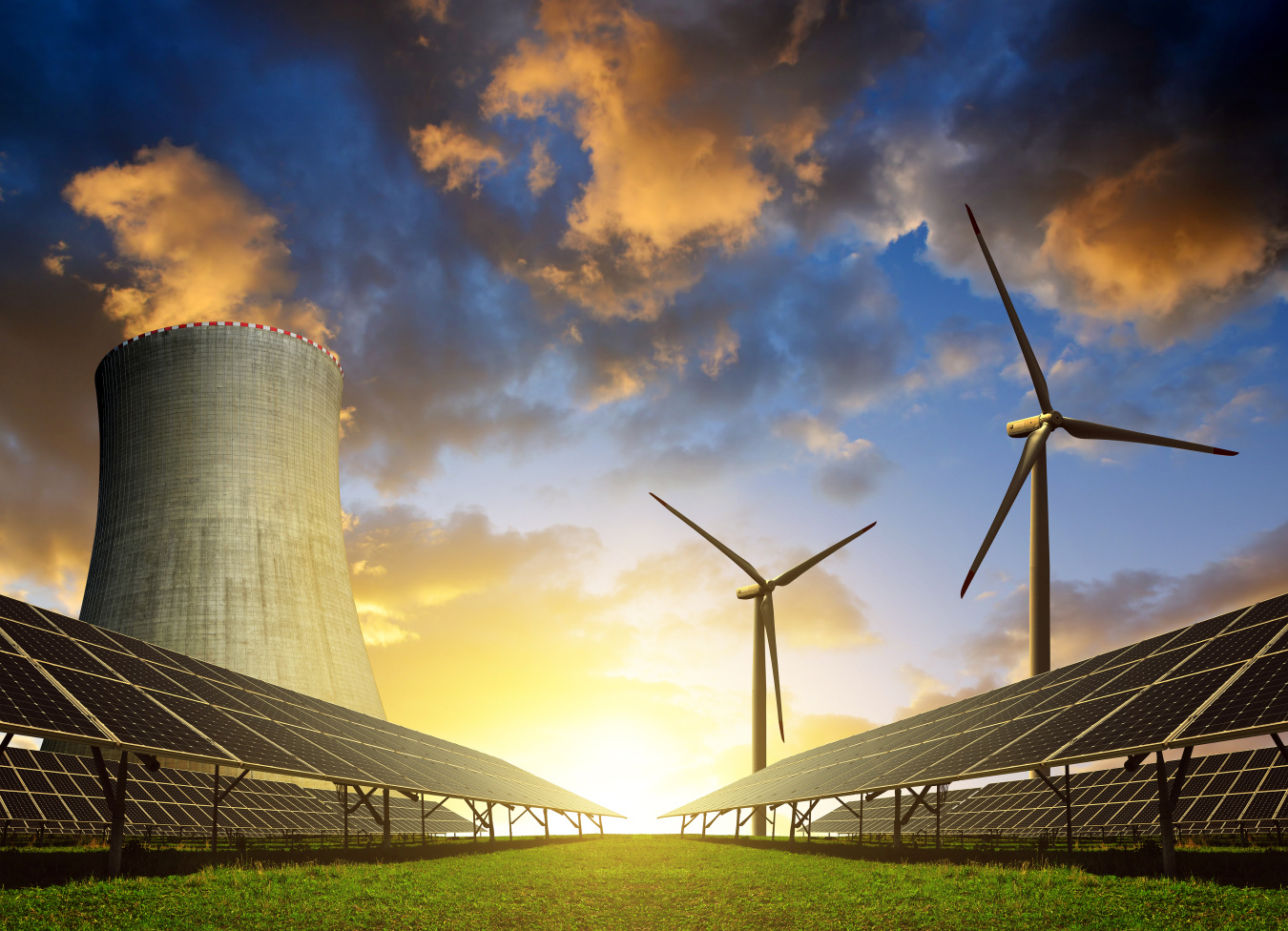Today is Hydrogen and Fuel Cell Day marking a perfect opportunity to learn more about the Department of Energy’s (DOE) Hydrogen Energy Earthshot, or “Hydrogen Shot”, to make clean and affordable hydrogen a reality.
Here are five facts you may not know about Hydrogen Shot:
1. It is the first of DOE’s Energy Earthshots
The Energy Earthshots initiative, launched by Energy Secretary Jennifer Granholm in June, is DOE’s effort to set ambitious and achievable targets to make key clean energy technologies affordable in the next decade, as well as create new jobs and tackle the Biden Administration’s energy and climate goals. The first Earthshot – Hydrogen Shot – sets an ambitious yet achievable “1 1 1” goal to reduce the cost of hydrogen to $1 per 1 kilogram in one decade. The Hydrogen Shot is the first of a series of up to eight Energy Earthshots DOE will be launching over the next year.

2. It includes multiple ways to produce hydrogen from domestic energy resources
Hydrogen Shot applies to all hydrogen production pathways under DOE Hydrogen Program’s portfolio. These pathways include hydrogen produced from renewable energy sources including solar and wind, as well as nuclear power, using processes such as electrolysis which use water and electricity as inputs, or advanced technologies that harness heat and light to produce clean hydrogen. Additional pathways convert natural gas or other feedstocks into hydrogen while ensuring emissions are mitigated through carbon capture and storage (CCS) technologies.

3. It also addresses carbon emissions for hydrogen production from non-renewables
Hydrogen Shot will not only lower cost but will also require clean hydrogen. For the case of hydrogen from non-renewables, the Hydrogen Shot is pushing these pathways to lower life-cycle greenhouse gas emissions by at least 90% from current levels. Various processes such as reforming with waste or biomass (with CCS), pyrolysis and other innovations will contribute to helping drive down emissions.

4. It brings together perspectives from diverse people, communities and regions
Achieving Hydrogen Shot is an all-hands-on-deck effort that will require engagement from multiple stakeholders with diverse perspectives, expertise and experience to ensure clean hydrogen benefits are distributed equitably across communities and regions. Through formal Hydrogen Shot requests for information and annual summits and related workshops, the DOE Hydrogen Program is ensuring perspectives from a diverse range of stakeholders, including regional leaders, local groups, environmental justice community members, energy researchers, businesses among others, are brought to the table to inform decisions on future Hydrogen Shot research, development and demonstration activities.

5. It fosters career development opportunities for graduates in multiple hydrogen-related disciplines
With the broad range of hydrogen production pathways under Hydrogen Shot, building and fostering a bench of diverse, talented and dedicated clean energy students and early professionals will be critical as DOE and stakeholders work to bring Hydrogen Shot to reality. Through the DOE Hydrogen Shot Fellowship, announced by Secretary Granholm during the first Hydrogen Shot Summit, the DOE Hydrogen Program will bring in graduate students and early career professionals to work alongside DOE Hydrogen Program managers to help us achieve this bold goal and ensure its economic, environmental and societal benefits are distributed equitably across the communities that need them the most. Hydrogen Shot fellows will engage in Hydrogen Shot-related work from a wide range of research areas in hydrogen production, storage, delivery, end uses, as well as other crosscutting disciplines such as technology acceleration, analysis, and communications.

This blog is part of a week-long celebration of Hydrogen and Fuel Cell Day, held annually on October 8 in recognition of hydrogen’s atomic weight of 1.008. Learn how you can celebrate Hydrogen and Fuel Cell Day with DOE.


